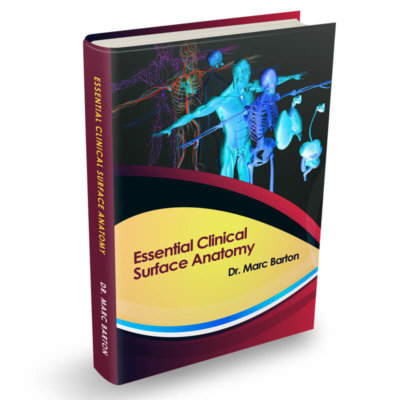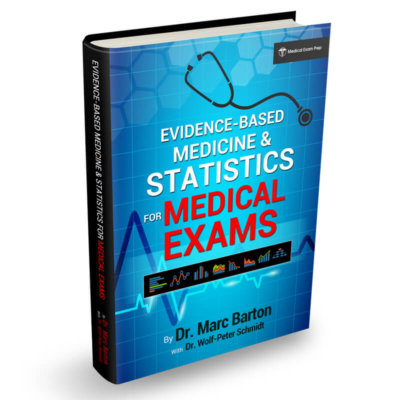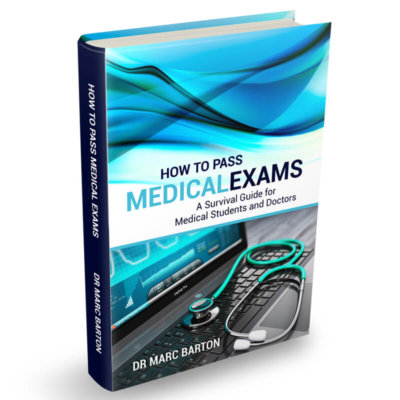Exam Tips

Mastering Single Best Answer Questions
As a medical student or doctor facing exams, one of the common formats you will encounter is the Single Best Answer (SBA) question. These questions are designed to test your knowledge, clinical reasoning, and decision-making skills by asking you to choose the most...

Study in Sprints, Not Marathons: The Pomodoro Method Works
Let's face it – studying for hours on end can be exhausting, and distractions are everywhere. Staying focused is challenging, whether it is your phone, social media, or even just zoning out. But what if there was a way to improve your concentration, get more done, and...

Stay Engaged, Retain More: Transform Your Study Routine with Interleaving
Do you ever feel like you are stuck in a rut when studying? Repeatedly reviewing the same topic until you are so bored you start to zone out? Alternatively, you may have noticed that no matter how much you focus on one subject at a time, it still feels like the...

Radiation Exposure and Safety
Radiation exposure is an important topic in medicine, especially for those working in environments where diagnostic imaging is frequently used. While it is important to understand the principles of managing radiation exposure accidents, they are thankfully extremely...

Prolongation of the QT Interval
Prolongation of the QT interval can lead to a life-threatening ventricular arrhythmia known as torsades de pointes, which can result in sudden cardiac death. There are a number of widely used drugs that are known to cause QT prolongation. The QT interval The QT...

How to Approach Your Exam Day: A Guide for Medical Students and Doctors
Medical exams can be a stressful experience, but with the right approach, you can maximise your performance and demonstrate your knowledge effectively. Here are our top tips on how to best approach the day of your big exam. These tips will help you confidently tackle...

Mastering Poison Management: Exam Tips on Activated Charcoal Use
Poisoning emergencies present unique challenges in medical practice, requiring swift and accurate intervention to mitigate harm. Among the arsenal of treatments available, activated charcoal is a potent tool for managing certain types of poisonings. Activated...

Testicular Torsion: A Comprehensive Guide
Testicular torsion is a surgical emergency that requires prompt recognition and intervention. This condition occurs when the spermatic cord, which provides blood supply to the testicle, becomes twisted, leading to compromised blood flow and potentially irreversible...

Diuretics
Diuretics are a group of drugs that act on the kidney to increase the excretion of sodium chloride and water. They are most commonly used to reduce oedema in congestive cardiac failure, some renal diseases and hepatic cirrhosis. Some diuretics, most notably the...

Croup – A Guide for Medical Students and Doctors
Croup, also known as laryngo-tracheo-bronchitis, is a common respiratory condition predominantly affecting young children between 6 months and three years old. It affects approximately 3% of children annually and is most commonly seen between September and December....




